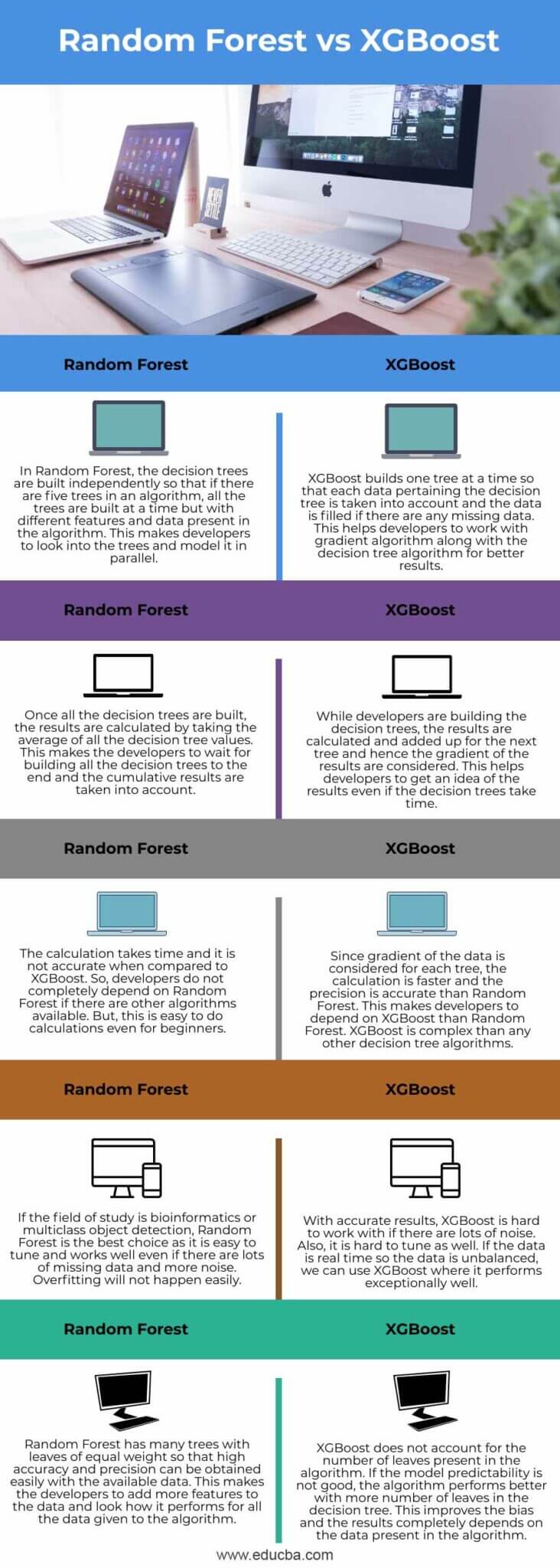

In contrast to the original publication, the scikit-learn In practice the variance reduction is often significant hence yielding Variance by combining diverse trees, sometimes at the cost of a slight increase Trees with somewhat decoupled prediction errors. The injected randomness in forests yield decision Indeed, individual decision trees typically exhibit high The purpose of these two sources of randomness is to decrease the variance of

(See the parameter tuning guidelines for more details). RandomForestRegressor classes), each tree in the ensemble is builtįrom a sample drawn with replacement (i.e., a bootstrap sample) from theįurthermore, when splitting each node during the construction of a tree, theīest split is found either from all input features or a random subset of size In random forests (see RandomForestClassifier and Like decision trees, forests of trees also extend to > from sklearn.ensemble import RandomForestClassifier > X =, ] > Y = > clf = RandomForestClassifier ( n_estimators = 10 ) > clf = clf. KNeighborsClassifier estimators, each built on random subsets ofĥ0% of the samples and 50% of the features.
#XGBOOST VS RANDOM FOREST HOW TO#
Snippet below illustrates how to instantiate a bagging ensemble of Out-of-bag samples by setting oob_score=True. Of the available samples the generalization accuracy can be estimated with the Samples and features are drawn with or without replacement. In particular, max_samplesĪnd max_features control the size of the subsets (in terms of samples andįeatures), while bootstrap and bootstrap_features control whether Specifying the strategy to draw random subsets. Taking as input a user-specified estimator along with parameters In scikit-learn, bagging methods are offered as a unifiedīaggingClassifier meta-estimator (resp. įinally, when base estimators are built on subsets of both samples andįeatures, then the method is known as Random Patches. The features, then the method is known as Random Subspaces. When random subsets of the dataset are drawn as random subsets of When samples are drawn with replacement, then the method is known as Samples, then this algorithm is known as Pasting. When random subsets of the dataset are drawn as random subsets of the Way they draw random subsets of the training set: As they provide a way to reduce overfitting, bagging methods workīest with strong and complex models (e.g., fully developed decision trees), inĬontrast with boosting methods which usually work best with weak models (e.g.,īagging methods come in many flavours but mostly differ from each other by the Single model, without making it necessary to adapt the underlying baseĪlgorithm. In many cases,īagging methods constitute a very simple way to improve with respect to a These methods are used as a way to reduce the variance of a baseĮstimator (e.g., a decision tree), by introducing randomization into itsĬonstruction procedure and then making an ensemble out of it. Training set and then aggregate their individual predictions to form a final Several instances of a black-box estimator on random subsets of the original In ensemble algorithms, bagging methods form a class of algorithms which build To combine several weak models to produce a powerful ensemble.Įxamples: AdaBoost, Gradient Tree Boosting, … The combined estimator is usually better than any of the single baseĮstimator because its variance is reduced.Įxamples: Bagging methods, Forests of randomized trees, …īy contrast, in boosting methods, base estimators are built sequentiallyĪnd one tries to reduce the bias of the combined estimator. In averaging methods, the driving principle is to build severalĮstimators independently and then to average their predictions. Two families of ensemble methods are usually distinguished: Generalizability / robustness over a single estimator. The goal of ensemble methods is to combine the predictions of severalīase estimators built with a given learning algorithm in order to improve Using the VotingClassifier with GridSearchCV Weighted Average Probabilities (Soft Voting) Majority Class Labels (Majority/Hard Voting)


 0 kommentar(er)
0 kommentar(er)
